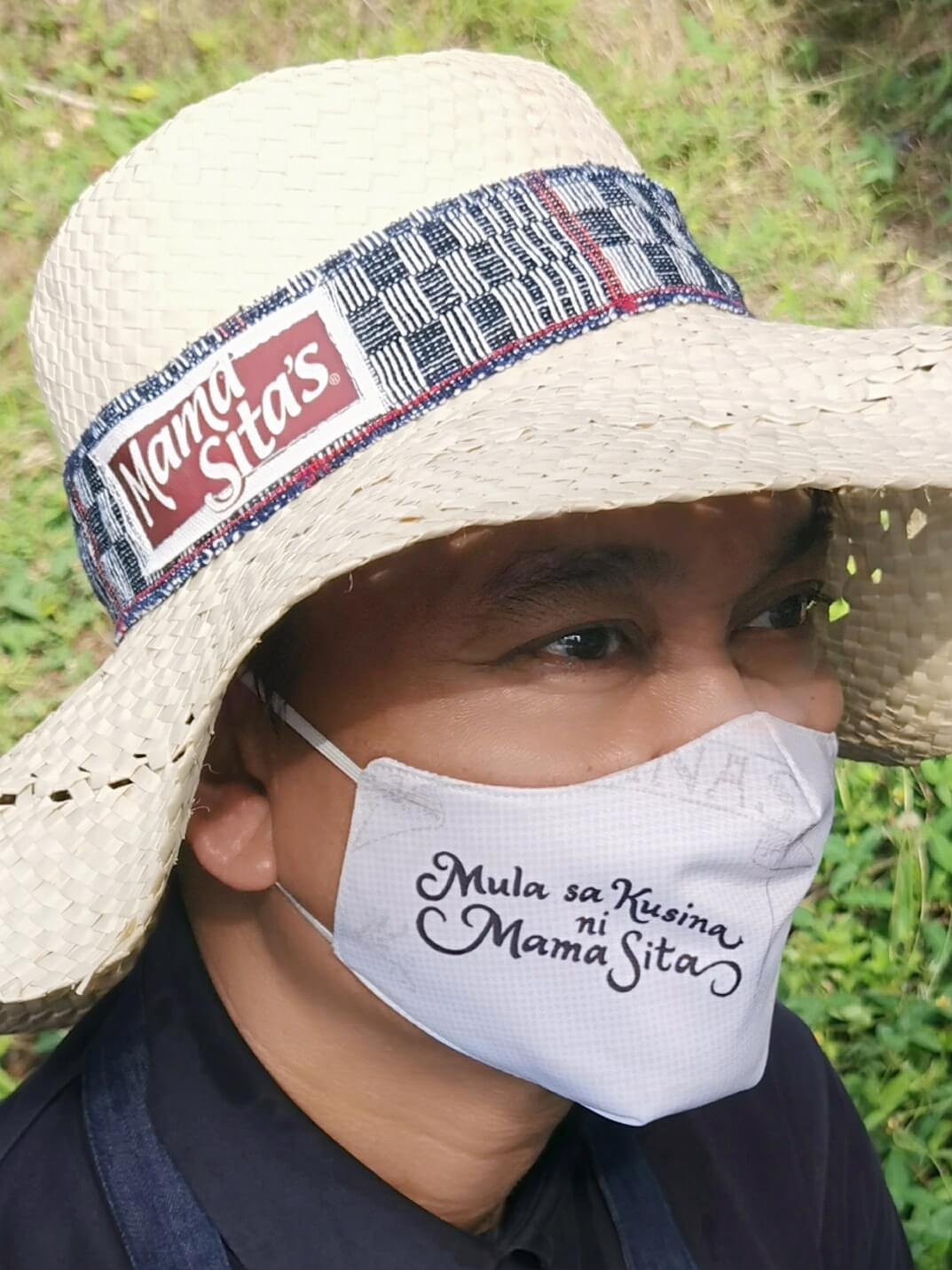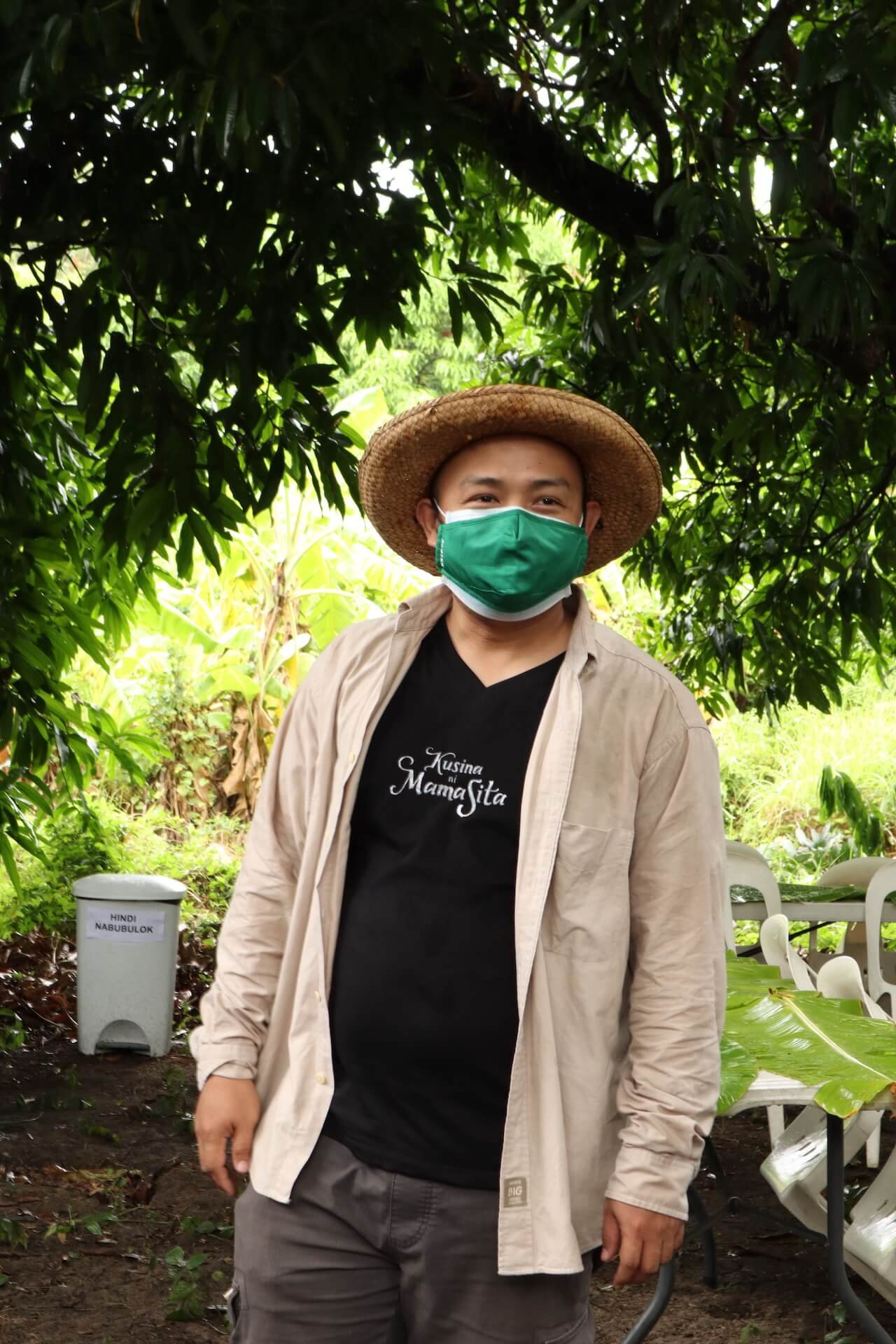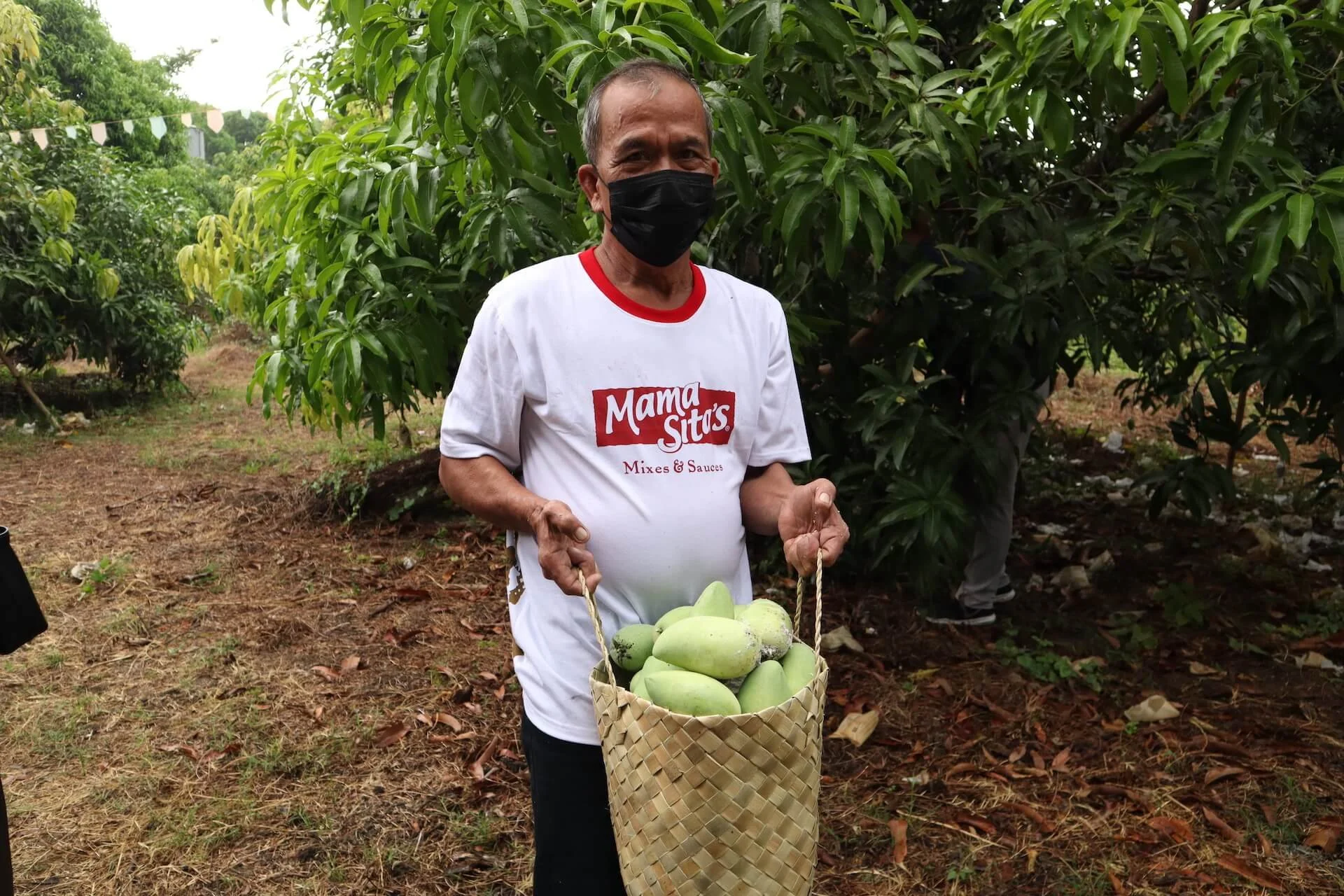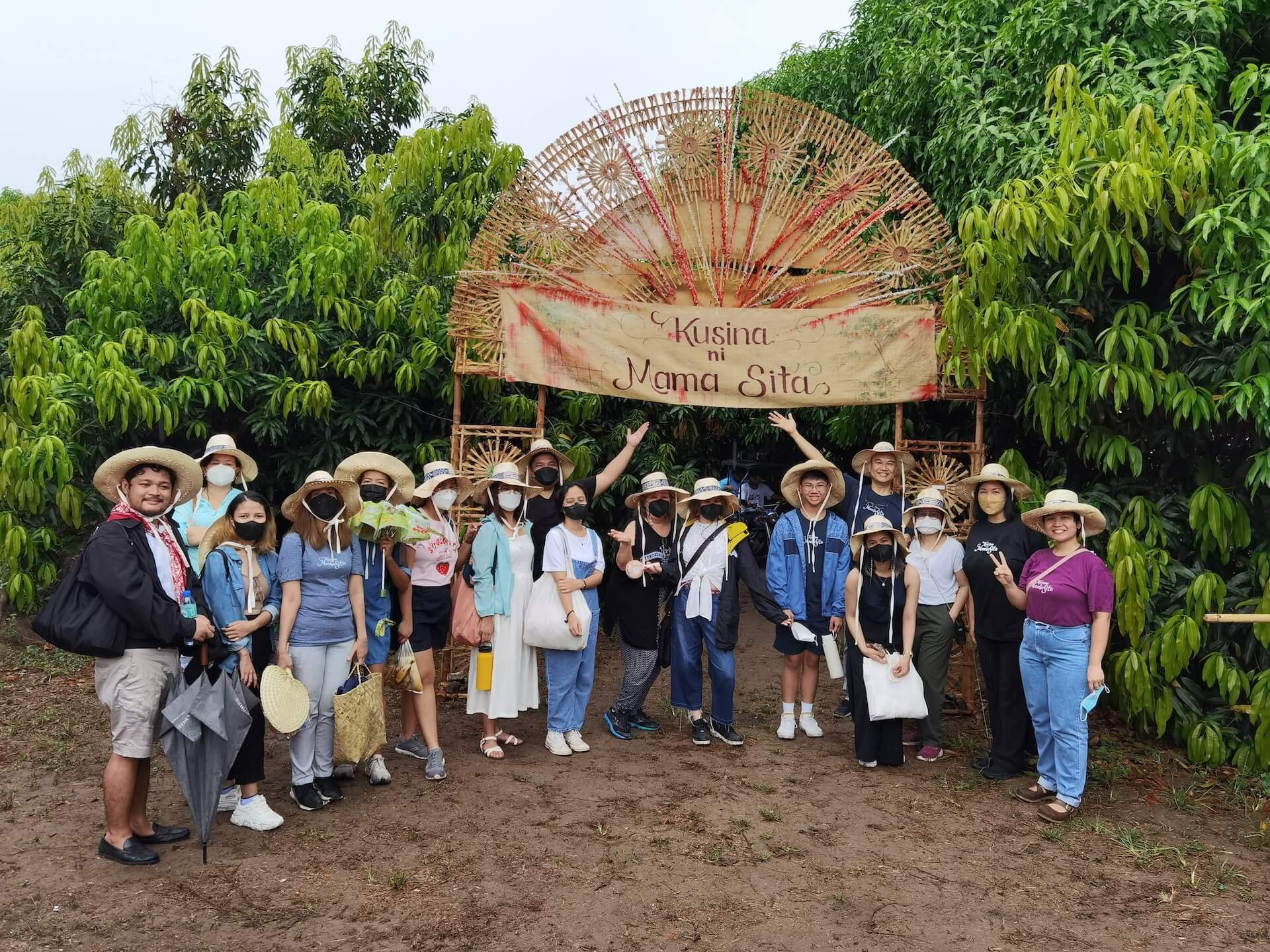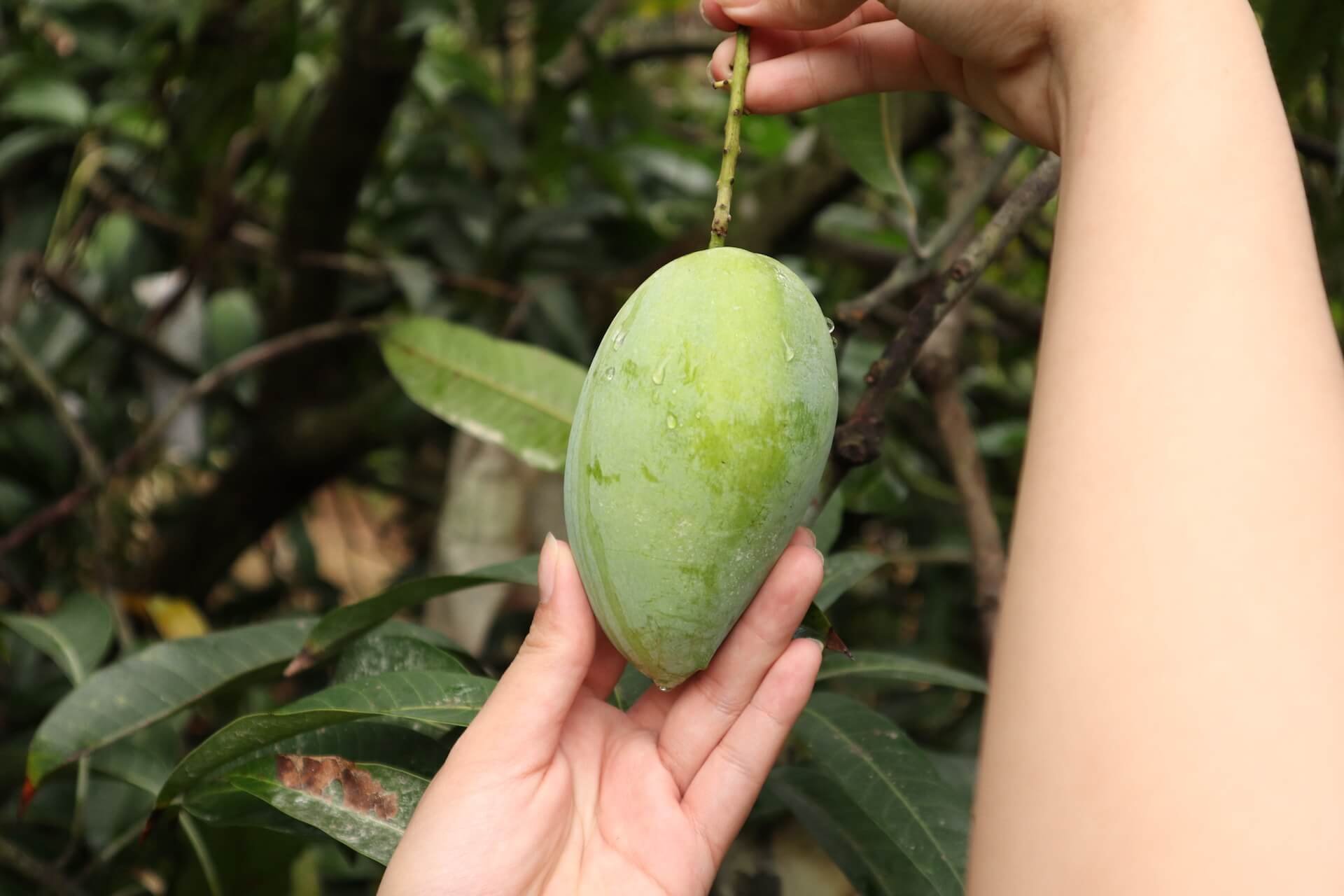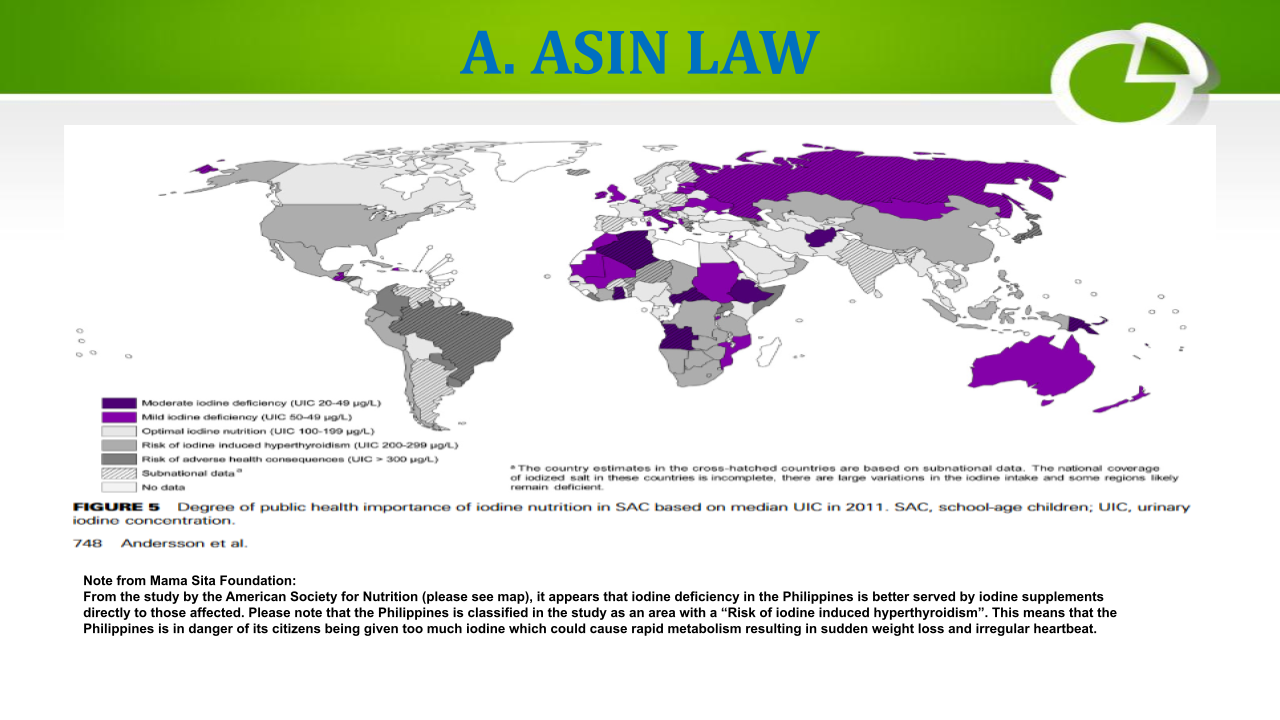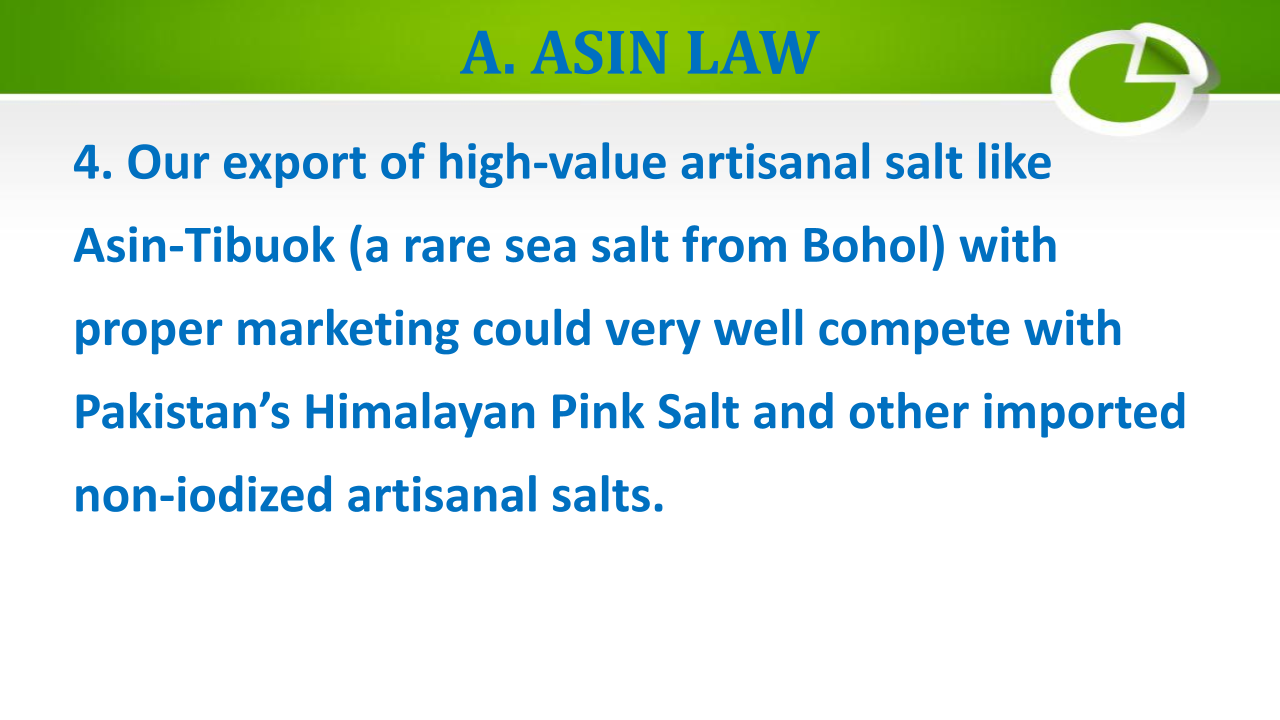Jacqueline Dechavez-Brady took home the Lakbay Lasa Award (Essay Category) for Mga Kuwentong Pagkain 2022!
Currently residing in Michigan, USA, this Filipino-American recounts her journey towards understanding her late uncle’s love language: serving Filipino food. From explaining the dishes on their family buffet table to preparing meals for her on ordinary days of the week, it took years for Jacqueline to fully get to the heart of her tito’s ways. Now at 34 years old, she understands the love and care that goes into every food tray and snack he prepared. She carries on his acts of service by learning to cook by herself and sharing these meals with her loved ones. Jacqueline dedicates this essay to her uncle.
Read her work below:
Nourishment and Love: A Filipino-American’s Understanding
[Age 7. Childhood]
Outside the air is frigid and unwelcoming, yet I am warm inside my tito’s vibrantly painted kitchen. The unmistakable crunching of snow beneath my boots is instantly forgotten by the time a crispy, freshly fried lumpia pile emerges on my plate.
I am young, too young to appreciate the contents of the table engorged with multiple dishes. But I am encouraged by a kitchen full of oversized knit sweaters and neatly coiffed hairstyles to fill my plate. I shuffle from one dish to another and receive reassuring smiles along with each explanation. I can always envision the menudo, pancit, diniguan, kalderato, bistek and fragrant steamed rice; each dish a model representation with seemingly bottomless portions. My tito interjects between each description and explains which one I will like. I don’t quite understand how he knows but I trust him anyway.
There is someone lightly playing piano in the living room, while a group downstairs bellows into a microphone and breaks into laughter; the shuffle of mahjong tiles in the basement is a steady heartbeat until the late hours of the night. The front door opens intermittently as bodies enter and leave carrying overstuffed packages of food; a sharp gust of cold air attempts to permeate our space but cannot temper our spirits inside.
[Age 19. Custom]
I race to my tito’s house and quickly slam my car into park, the deep bass of my stereo sharply cuts off as I emerge from the car. I am rewarded with familiar smells only a few steps from the front door; multiple figures welcome and urge me to join the feast. I quickly fill my plate and fulfill obligatory
greetings before I politely decline seconds and begin my exit towards the next party. Nevertheless, a paper plate is hurriedly assembled; oil prints from a warm empanada soak into the white napkin covering it. My tito walks me out and hands me a bag of fresh mangoes then covertly slips me cash to fill my gas tank. I am in too much of a rush to understand. I promise to visit again soon.
[Age 24. Life]
Longanisa. “This is your favorite”, my tito says.
He visits me at work with a bulky tray of warm lumpia and tells me to share with friends. Amongst many treats I enjoy, I am too busy to understand why he does this but I happily accept.
[Age 27. Treatment]
Voicemail: Your tito made lunch, he is dropping it off after his radiation treatment. Love, mom.
Thoughtful, though I find it hard to understand where he gets the strength.
[Age 30. Merienda & Celebration]
I am perched across from familiar faces I am only now seeing in person for the first time. My tito slowly emerges to the head of the table after an arduous 24-hour voyage to the Philippines. Once again, I am encouraged to fill my plate. I raise skewered meat to my lips; the taste of garlic and vinegar is brilliant but the texture is unfamiliar to my senses. I chew anyway.
My uncle is passing out strawberry and chocolate iced donuts; they are not available in the province. He held it on his lap for over 400 miles; I don’t understand why they are so important.
The last evening, we celebrate his 70th birthday. Lechon, BBQ pork, rice, and lumpia are presented at a buffet; he has 3 cakes to celebrate. It’s been 3 years since his cancer diagnosis. I kiss him good bye on the cheek the next morning.
[34. Understanding]
Pushing my cart up and down the lanes at the Asian mart, I carefully select from a sea of light and dark brown bottles. Cold sweat ensues in the noodle aisle trying to find the right vessel for the beautifully crafted dish I envision making. Taste buds fondly recall sweet, thinly sliced meat in a pancit recipe made by one of my “tita’s”; this is Chinese sausage and I am happy to find it in the maze of produce and meats.
Next, I am in my own kitchen as I painstakingly prepare all my ingredients. The carrots and cabbage are freshly shaved; the chicken is sliced perfectly and condiments line the counter top while a package of dried rice noodles float in a warm water bath.
The process is surprisingly quick. I am entranced by its simplicity yet it’s complexity in flavor. My carefully cut lemon wedges garnish the edges and fresh green onion is sprayed across the steaming noodles. I make too much because I don’t know any other way.
The carefully wrapped dish sits next to me as I drive past my late uncle’s subdivision. I imagine driving down the street, standing at his doorway and handing him this package. My sense of reality intervenes as I continue driving past his street, car filled with abundant fragrances; garlic, the delicate punches of pepper, the earthiness of the vegetables ending with notes of a tangy citrus.
Instead, I stand at a friend’s front door like I know he did many times before; my heart finds solace in the comfortable warmth of the parcel nestled in my arms. Thoughts linger as I imagine how he swept the aisles of a market in pursuit of a desired ingredient. I imagine every time he surprised someone with their favorite food- or even better when, unbeknownst to them, he would introduce them to their new favorite dish. The only thing I do not have to imagine is how proud he would have been over my humble creation. I can feel that.
My turn has come to serve my loved ones, to remember the favorite foods and insist on second servings to go. Our food is both nourishment and love and we offer it upon welcome and insist you take it with you for when you go.
Now, I understand.
This is dedicated to my Uncle Oscar Dealca Dechavez, who was never empty handed or hearted.






